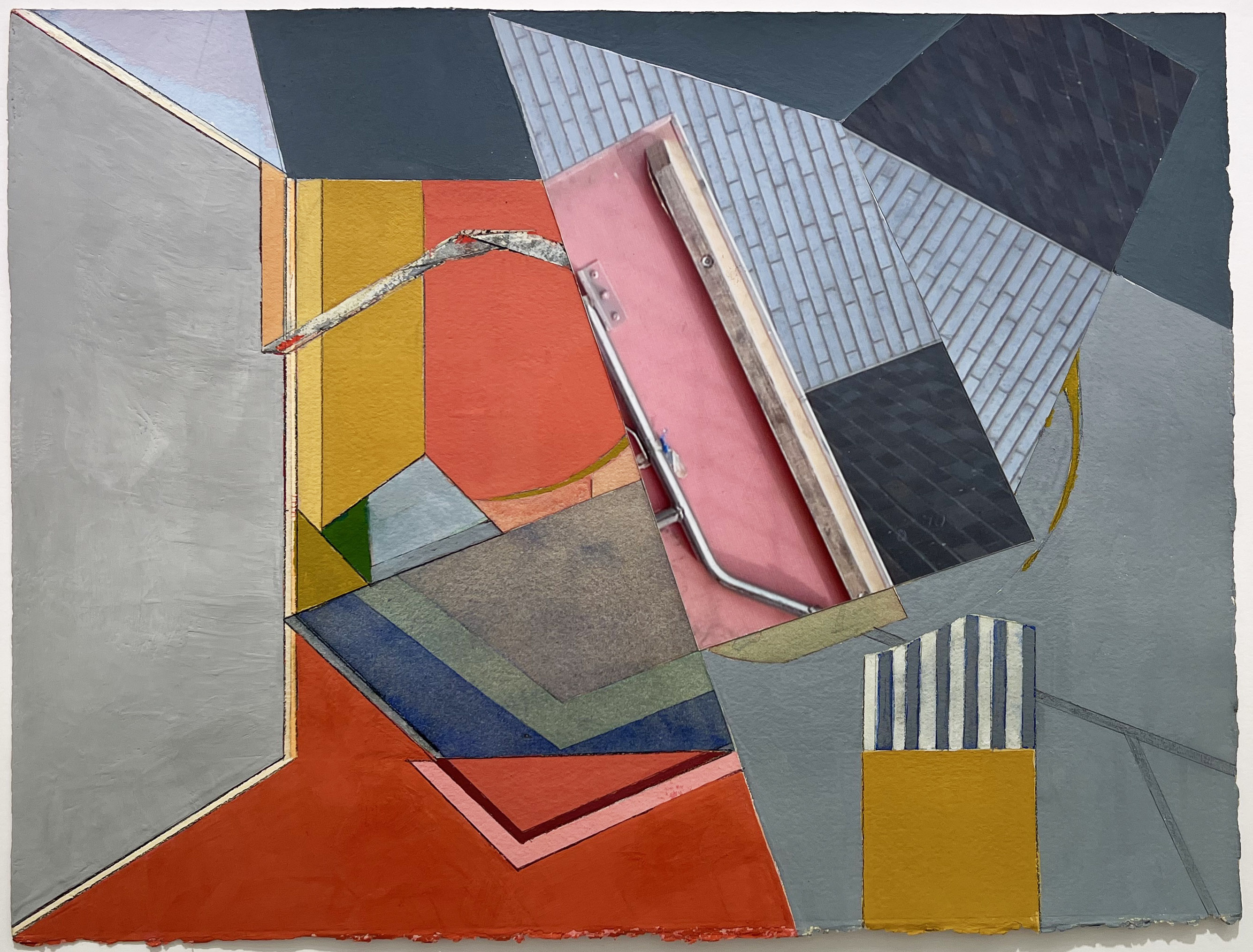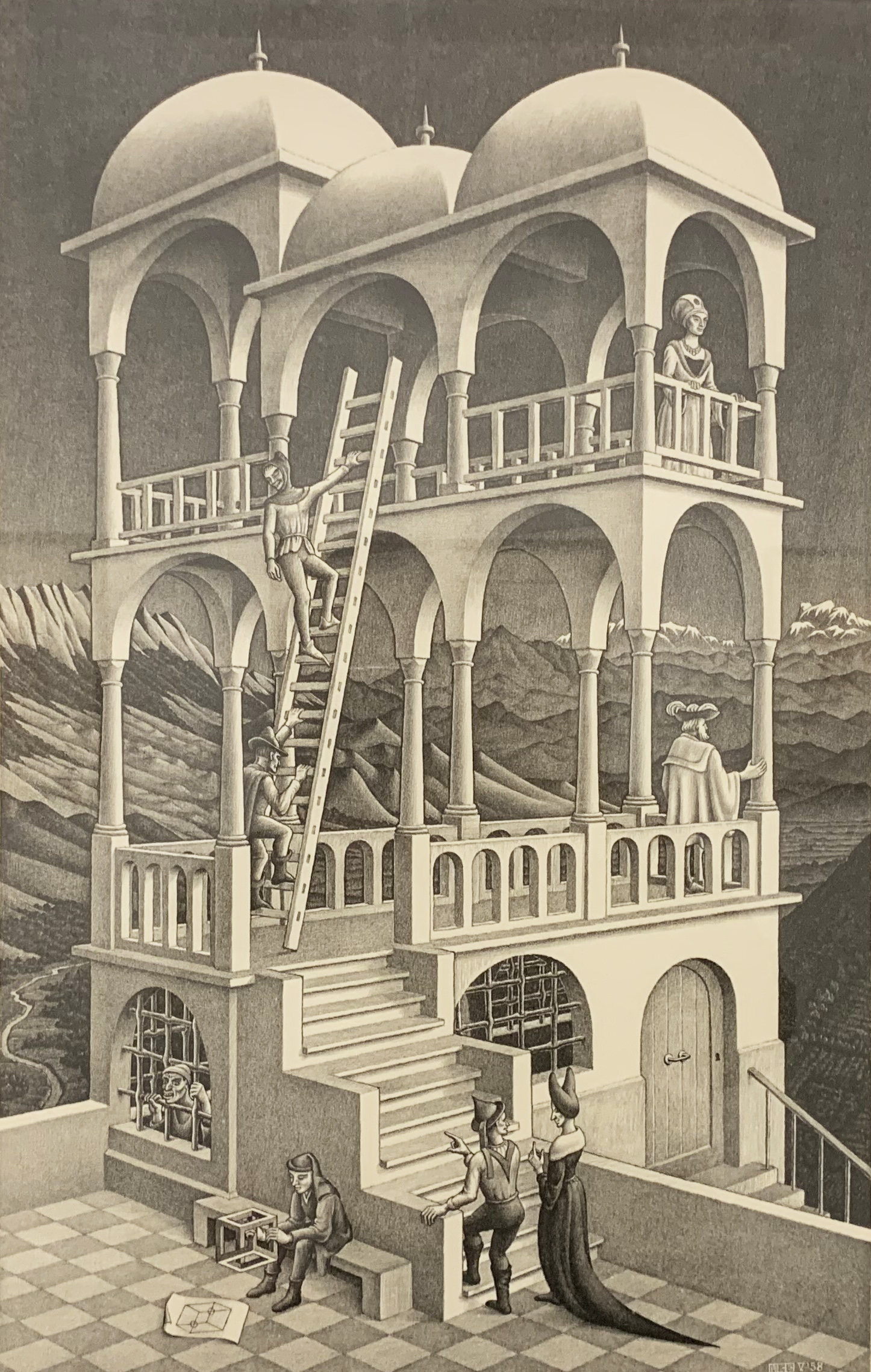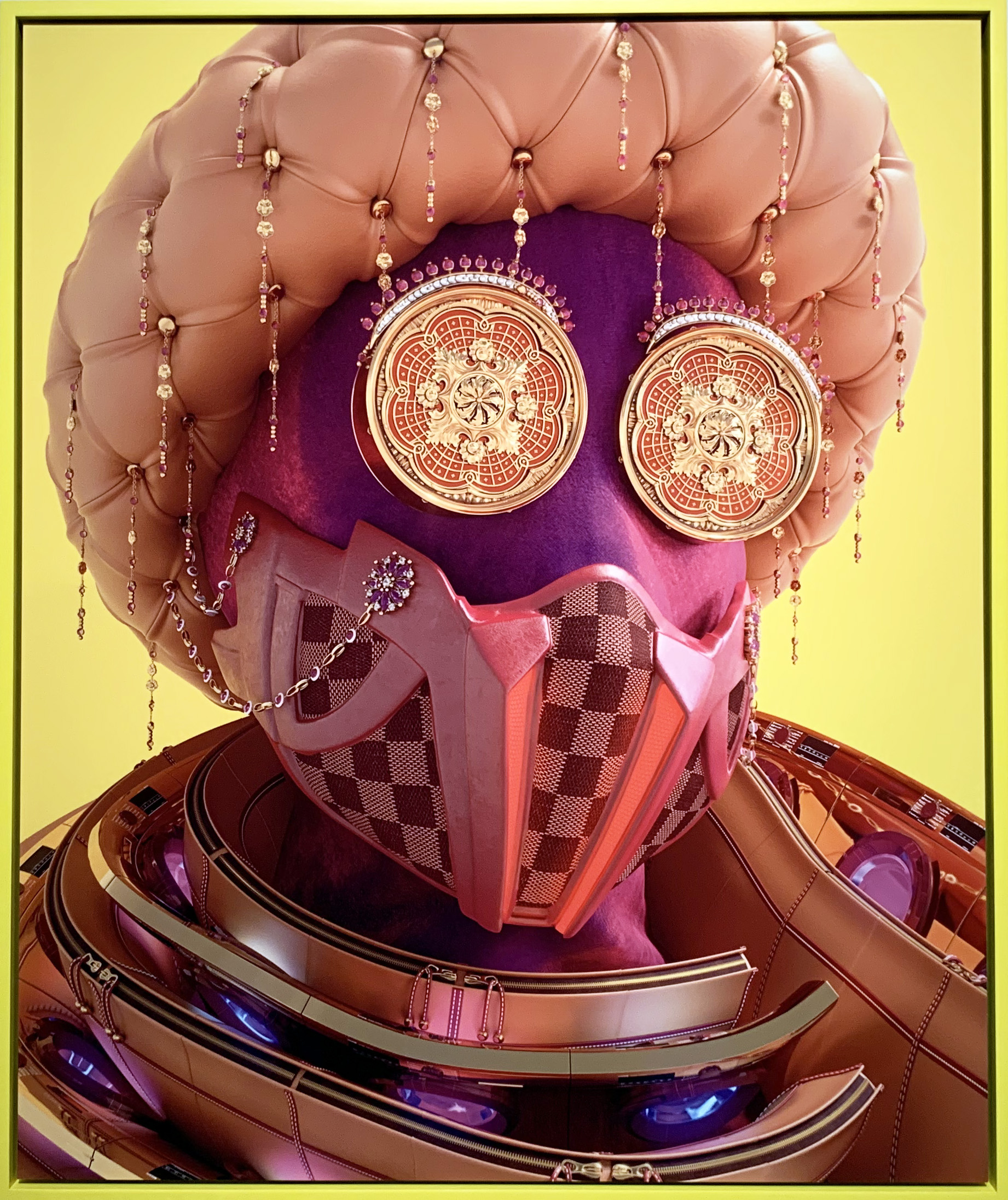International style architecture and Bauhaus design strongly influenced late Finnish architect Alvar Aalto’s influential bent plywood furniture, sourced from his country’s birch and pine forests. His famous ‘Paimio chair,’ designed for a tuberculosis hospital in Paimio, Finland, and now on view at the Metropolitan Museum of Art in the fascinating group exhibition, “Community: The Architecture of Civic Space and Private Domains,” was angled to allow patients to better breathe and cough. Material choices along with color and other considerations were essential elements in Aalto’s and his wife Aino’s designs, aimed at meeting the needs of individuals. (Ongoing at the Metropolitan Museum of Art on the Upper East Side).




